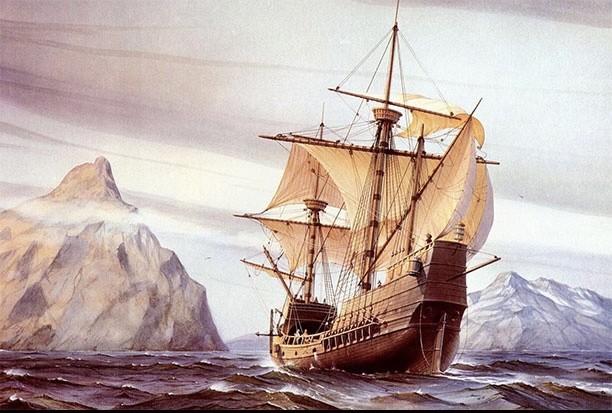THOUGHT' EXPERIMENTS IN PHILOSOPHY, PSYCHOLOGY, AND LOGIC
The Ship of Theseus, also known as Theseus' paradox, is a thought experiment that raises the question of whether an object that has had all of its components replaced remains fundamentally the same object. The paradox is famously recorded by Plutarch in his Life of Theseus from the late first century. Plutarch asked whether a ship that had been restored by replacing every single wooden part remained the same ship. The paradox had been discussed by other ancient philosophers such as Heraclitus and Plato prior to Plutarch's time.
The thought puzzle was discussed by ancient philosophers such as Heraclitus and Plato, later by Plutarch, and more recently by Thomas Hobbes and John Locke. Several variants are known, including the grandfather's axe, which has had both head and handle replaced.
The particular "ship of Theseus" version of the thought puzzle was first introduced in Greek legend as reported by the historian, biographer, and essayist Plutarch:
The ship wherein Theseus and the youth of Athens returned from Crete had thirty oars, and was preserved by the Athenians down even to the time of Demetrius Phalereus, for they took away the old planks as they decayed, putting in new and stronger timber in their places, insomuch that this ship became a standing example among the philosophers, for the logical question of things that grow; one side holding that the ship remained the same, and the other contending that it was not the same.
Plutarch thus questions whether the ship would remain the same if it were entirely replaced, piece by piece. Centuries later, the philosopher Thomas Hobbes introduced a further puzzle, wondering what would happen if the technology helped in curing the original planks of their rot which enabled them to be reassembled into a ship after they were restored, and then used to build a second ship. Hobbes asked Is this "reconstructed" ship the original ship? If it is, then what about the restored ship in the harbour still being the original ship as well?
A solution was first introduced by the Greek philosopher Heraclitus who attempted to solve the thought puzzle by introducing the idea of a river where water replenishes it. Arius Didymus quoted him as saying "upon those who step into the same rivers, different and again different waters flow". Plutarch disputed Heraclitus' claim about stepping twice into the same river, citing that it cannot be done because "it scatters and again comes together, and approaches and recedes." Thus, Heraclitus said that one never steps twice into the same river, because the water flowing is always different.
The thought puzzle appears in several more applied fields of philosophy.
1. In philosophy of mind, the ship is replaced by a person whose identity over time is called into question.
2. In both philosophy of law and practical law, the thought puzzle appears when the ownership of an object or of the rights to its name are disagreed in court. For example, groups of people such as companies, sports teams, and musical bands may all change their parts and see their old members re-form into rivals, leading to legal actions between the old and new entities. Also, texts and computer programs may be edited gradually but so heavily that none of the original remains, posing the legal question of whether the owners of the original have any claim on the result.
3. In ontological engineering such as the design of practical databases and AI systems, the thought puzzle appears regularly when data objects change over time.
4. A literal example of a Ship of Theseus is DSV Alvin, a submarine that has retained its identity despite all of its components being replaced at least once.
5. RNA, a central polymer of life, has been proposed to have evolved from an earlier genetic polymer in a manner that makes it a biological example of a Ship of Theseus.
6. In architecture, Lance Hosey has proposed that the Barcelona Pavilion is "modern architecture’s ship of Theseus." Demolished and rebuilt in exactly detail on the original site, can it be considered the "same" building? He thoroughly documents the ambivalence of architects and historians about this question.
Several variants are known, one being that of an old axe, titled alternatively as George Washington’s Axe, or Abe Lincoln’s Axe, which has had both head and handle replaced. In both cases, the overhauled artefact is still labelled as the legendary original, associated with the early life of the respective Presidents (axes associated with Lincoln’s rail-splitting days are held in various museums).
Yeshwant Marathe
yeshwant.marathe@mail.com
(Thanks to Prashant Naik for his inputs)

